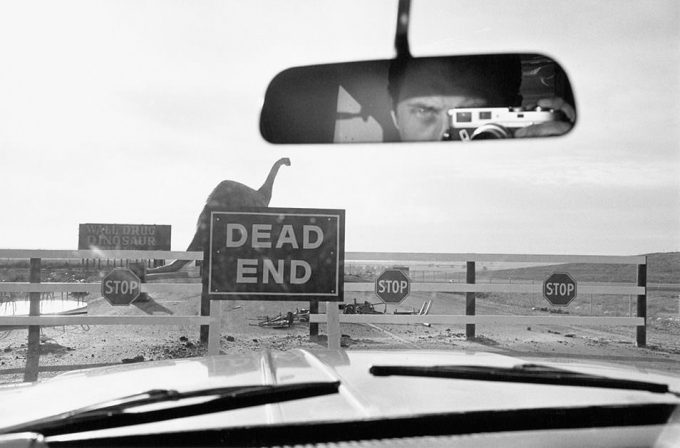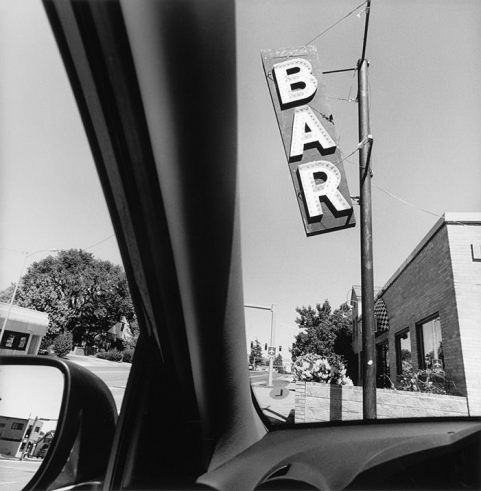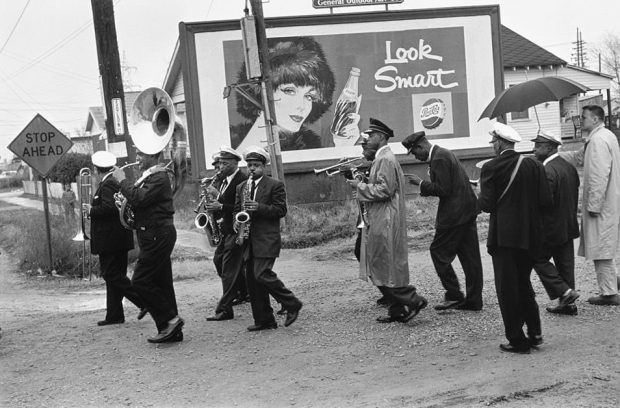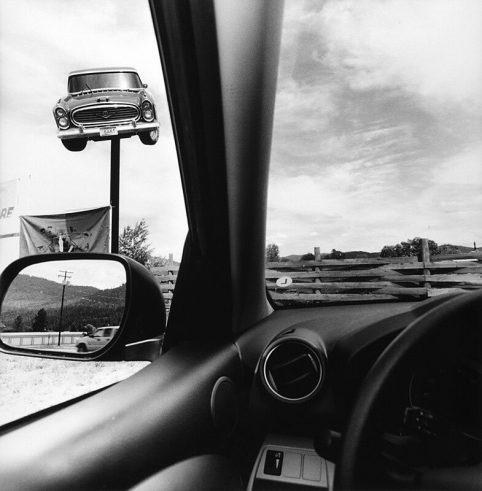Inspiration
Lee Friedlander
“A street is not only its tarred surface, the buildings alongside it, the cars fast or slow, the people around you” (Cole, 2015)
Lee Friedlander was born in Aberdeen, Washington in 1934. His journey began taking photographs in 1948 prior to studying photography at the Art College of Design in Pasadena, which he completed before moving to New York.
Using a variety of cameras, Friedlander would spend a lot of time using black-and-white film, meticulously processing and printing them himself. Then during the 1950s, he had the opportunity to work as a photographer for Atlantic Records. This allowed him to combine his passions for music and photography, producing portraits of both blues and Jazz artists.
Music, in his opinion, was an integral component of any road trip, and his book included lyrics from the music he adored. He seemed very eccentric in the video below:
https://www.newyorker.com/culture/photo-booth/lee-friedlander-american-icon (Biondi, 2010)
Friedlander’s various subjects such as people, architecture, vehicles, streetscapes and landscapes found him acclaim during the 1950s found him acclaim leading to his work being included in the influential 1967 exhibition New Documents at the Museum of Modern Art, New York, curated by John Szarkowski. His many works include Self-Portrait; Cherry Blossom Time in Japan; Letters from the People; At Work; and Sticks and Stones, among others. Then in 1985, he would gain notoriety again in 1985 with his nude images of a pre-Material Girl Madonna. His work has been displayed at the Museum of Modern Art and the San Francisco Museum of Modern Art.
‘America by Car’, was a body of work captured by him surrounding the American lifestyle containing “eccentricities and obsessions at the turn of the twenty-first century” Bradner, L. (2010), It took him over a year longer to complete, travelling by an ordinary rental car to fifty states across America, capturing over two hundred images. Resulting in multidimensional photographs and revealing America as a beautiful, gritty and diverse landscape. Friedlander would use the mirror as a picture frame to give a completely multidimensional perspective. Containing images such posters and billboards, signage, lettering, front shops, chain-link fences, household interior and waste, Friedlander’s photographs record a kind of found poetry of desire and commerce.” (Exibart Street, n.d.)
The visual impact contained a contemporary style which transformed the way in which we look at images as some examples below:
In this image you have Friedlander taking the image reflected in the rear-view mirror. The bonnet of the car is visible, however, the image is not completely straight so you cannot tell whether the landscape was hilly. There are hexagonal stop signs and a dead-end sign somewhat to the left of the centre leading into the beyond of what is seen to be a large replica dinosaur. The mirror is the focal point in the image, and he has composed it so that you can view a variety of components, including the whole dinosaur head beneath the mirror. It is possible that Freidlander tweaked the photograph at the time of processing to mitigate the intense sunlight.
What I appreciate about this image is that the flaws on the windscreen are visible. It makes you think about how far we have evolved, it looks into the past, but it also looks forward to the present and the future. There is life beyond the gate. It is like the path of the dinosaur walking from the left, is the past. Going into the clearance is the future). Then you have Freidlander in the car, photographing this aspect of the past and making a symbol of the present. However, is it possible that this is just Freidlander’s sense of humour, there would be no humour in this image if the dinosaur was not there?
This image is also interestingly composed, ensuring the presence of the ‘bar’ sign along with half of the side mirror. There are certain buildings that are not straight but when looking at the ‘bar’ sign he made sure that that is straight in comparison to the building on the left-hand side.
You have reflections from the side mirror of what is going on behind as well. It works well but, the actual chassis of the car can be distracting as it is such a big part of the image. It is possible that Friedlander was documenting the fact that he stopped for a beverage at this very quiet suburban location on his
The image features a black musical band, stop ahead’ sign, and a ‘look smart’ billboard advertisement. It is unclear why the signs are not straight, although it might be due to where he was standing or, more than likely, he was seated in his car. The black gentlemen of the band and the white woman on the billboard make for an interesting contrast.
The white woman is portrayed to be sophisticated and wealthy. The billboard says to ‘look smart,’ which is interesting given how well-dressed the gentleman is. Something significant would be lost if the billboard was not present. This group of musicians who are playing their instruments are marching along a dirt track road. and enjoying what they are doing. The image shows communication through music and reflects the spirit of America through its people.
This image is similar to the previous ‘bar’ image. There is a front window screen that shows what looks like dirt however it may have been created at this stage of printing in the dark room. You can see an image of what is going on behind in the side left mirror. It would seem the post with a car sign on top of it and possibly a flag to compliment it, gives the illusion it is coming out from the top of the side mirror. This image does not depict a typical sign, but signs do not have to have words; they can also be graphic, or in this case, structural, artistic, or symbolic. It could possibly signify a love of cars or the travel of the artist.




